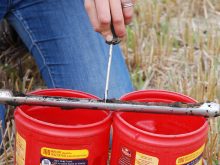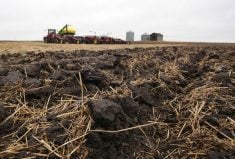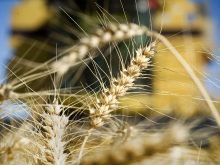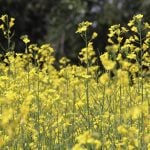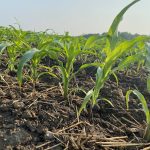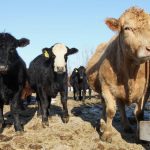Some cows in Alberta are adding a new grazing crop to their dinner menus.
It is Baldridge Amaizing Graze, or grazing corn and, unlike its cousin the corn plant, it produces a small number of cobs, has a leafier body and a higher concentration of sugar in the stalk.
The warm season grass also boasts higher fibre digestibility, protein and net energy per pound.
Jim Wiese, a 40-year-old livestock producer who farms 95 kilometres northwest of Edmonton, grows grazing corn in partnership with Gateway Research in Westlock, Alta. Wiese owns exclusive rights to the variety and said he was the first producer in Canada to grow it.
Read Also
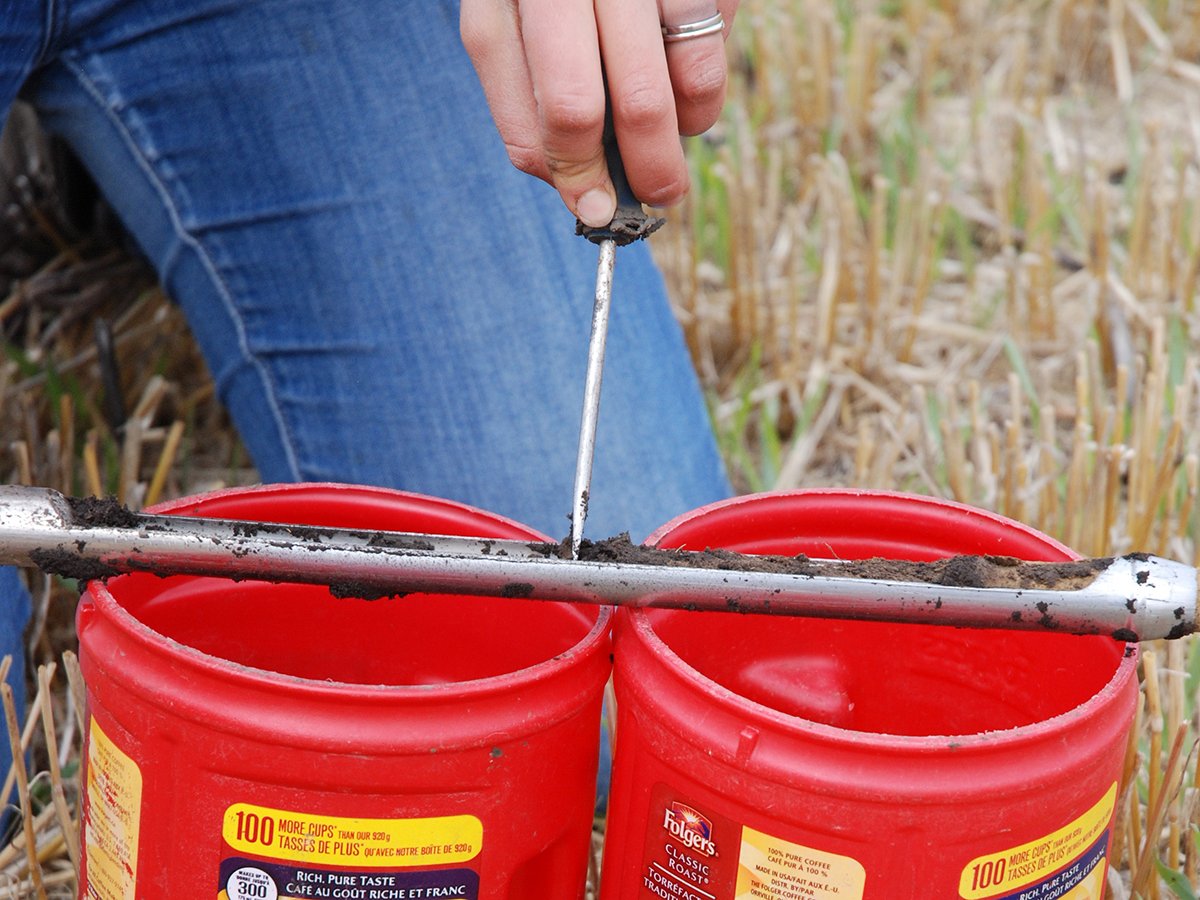
Federal government supports soil health strategy
Sophie Beecher, director general at Agriculture Canada, said at a soil conference in Winnipeg that the feds support the idea of a national soil health strategy.
This was his second year of producing the maize after a successful first harvest. He plants the crop in the spring for fall grazing and estimates yields of 11 to 13.5 tonnes of dry matter per acre.
Wiese owns 350 cows and said the grazing corn has lowered his feed costs. He estimates production costs of $200 per acre, providing dry matter for less than .01 cents per pound.
Over the last two harvests, Wiese produced grazing corn to feed 100 of his herd at 30 cents per cow per day, but next year he plans to grow enough for the herd.
Western Canada is ideal for grazing corn, he said.
“We are getting yield results that are equal or better to some of the mid- western states and they are attributing that to such long days,” he said.
“It starts slow, it doesn’t look like much, but when the first of July comes around and it is knee high, it will explode four to five inches a day for a month.”
Now he is experimenting with the crop to maximize its potential.
“We grew this much volume (plants one to three metres high) with about seven inches of rain,” he said. “If we ever get a good year, I think we can produce 20 tons (18 tonnes) an acre.”
Wiese said during the growing season he gets daily phone calls and visitors asking about the crop. There are also requests for seed but Wiese said he only has a limited amount.




